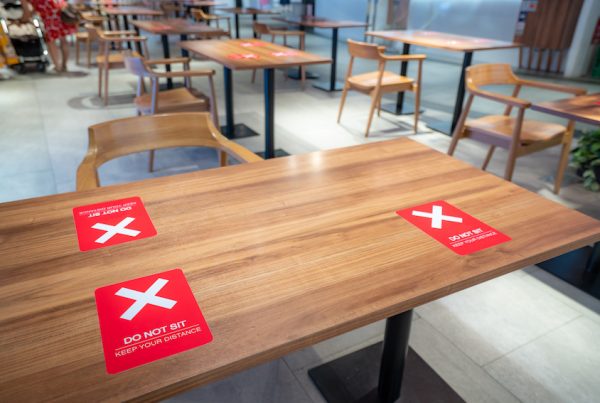Energy is in almost everything around us yet what was once in abundance is now slowly depleting. There was a time when mankind used to walk around, now, we have an average of two cars per household. We used to communicate via telegrams, now, we use multiple gadgets that we carry around today. We won’t have to go into the manufacturing industries, transportation or building to imagine the massive amount of energy the world uses each day. Can we actually count how much energy is used daily? Perhaps it is not yet possible now but here’s a brief indication:
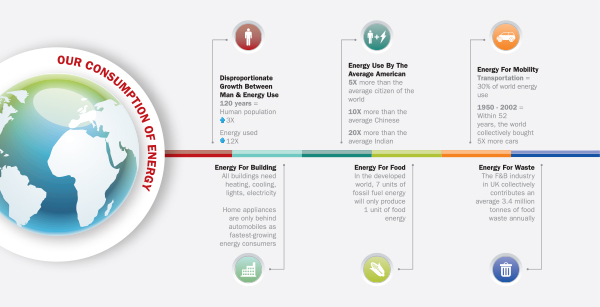
THE COST OF ENERGY
For all the energy we use as per previous chart, do we know how much we have to pay? Energy does not come cheap in most parts of the world as you can see below.
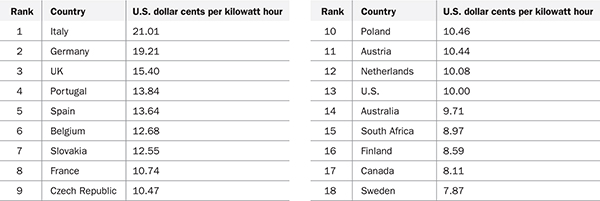
Over in Asia, electricity prices are still lower in comparison to its European counterparts but it is not something we should take for granted, instead, we could use this time to cultivate good daily practices.
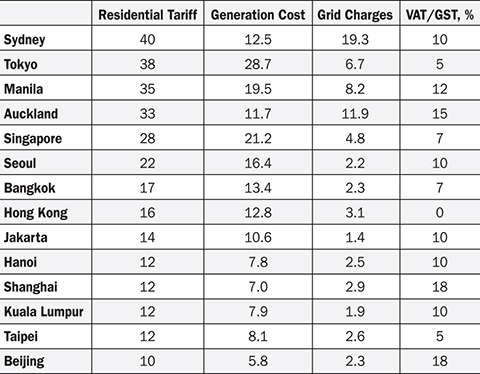
Meanwhile, governments have the responsibility to implement policies relating to energy conservation. It is also key to come up with data that will affirm the phenomena. The truth is, most people do not act as they do not know or they have to see it to believe that energy wastage is a real issue the world faces. The good news is that many countries have recognised the dire need of policy-making to spearhead its nation towards sustainability. According to the Global Leaders in Energy Efficiency Regulations and Policy, it ranked Germany, France, Italy, China and United States as the top 5 countries in the world in Energy Efficiency Regulations & Policy for year 2016. Let us look at some of the major energy-related policies in the Top 5 nations:
GERMANY: Although it is the 4th largest producer of nuclear power in the world, its Government and the country’s nuclear power industry plans to close all its nuclear plants in the country by 2022. In return, the policy looks at conservation and developing renewable sources like solar, wind, biomass, water, and geothermal power with a target to meet 80% of the country’s energy needs through alternative energy by 2050.
FRANCE: Electric heating systems are becoming a heavy load to the grid operator. The Grenelle Environment II Act’s (règlements thermiques, RT) mandates that new buildings permitted after 2013 must comply with:
• bioclimatic design and insulation (heating, cooling and lighting.
• primary energy consumption level below 50kWh/m2 per year for five uses – heating, domestic water-heating, lighting, cooling and auxiliary systems (equivalent to low-energy building label).
• the summer maximum temperature as well as requirements for lighting, thermal bridges, renewable energies and an air-tightness test.
ITALY: Four main goals of its 2013 National Energy Strategy (NES):
• Reduce the gap in energy costs to be in line with European levels by 2020 as price differentials of over 25% for electricity impacts businesses’ competitiveness.
• Meet and surpass environmental objectives as set by the EU Climate & Energy Package 2020 and reduce GHG emissions by 19%.
• Enhance security of supply (especially in gas) thereby reducing import dependence from 84% in 2013 to 67% in 2020, saving EUR 14 billion / year in external energy costs.
• Develop the energy sector to foster sustainable economic growth through leveraging Italy’s industrial heritage to extend all segments of the green economy.
CHINA: In terms of energy, the government aims to meet its massive demands for energy at lesser economic and environmental cost by investing hugely on renewable power generation. It has also successfully emitted 13% of all carbon dioxide to date since 1870 and pledged to peak CO2 emissions by 2030.
USA: As of 2016 policies under the Obama administration, the Mandatory Reporting of Greenhouse Gases Rule was put in place where major emitters are required to report its greenhouse gas emissions. It also set up a Clean Energy & Recovery Act that provided funds for clean energy investments in various aspects.
ENERGY IN FOODSERVICE
Policies are definitely helpful and can be applied to all sectors and industries. For many developed countries, the food industry is a vital one to the economy and also to the community. F&B establishments do use plenty of energy and with the realisation of diminishing energy resources and rising cost, everyone ought to be sustainable. The 5 key tenets according to the Sustainable Restaurant Association include Efficient Equipment, Metering & Monitoring, Well-Trained Staff, Responsible Sourcing and Waste Management. Looking at the chart below, you’ll know why energy management ought to be on top of your mind all the time.
Energy Consumption % In A Typical Catering Business
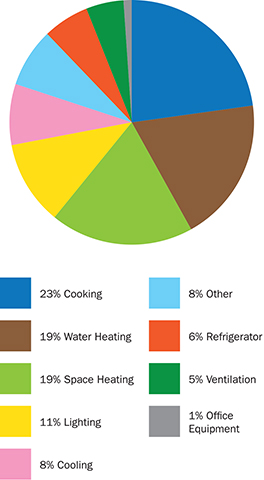
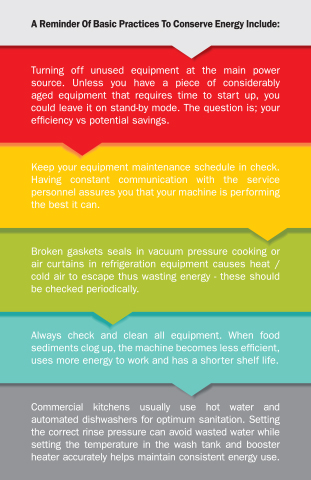
These daily habits are useful in keeping energy levels reasonable. Yet what is more crucial is setting the tone for it, from the time you plan to operate a F&B establishment. Next, we look at ways you can start energy management on the right note.








